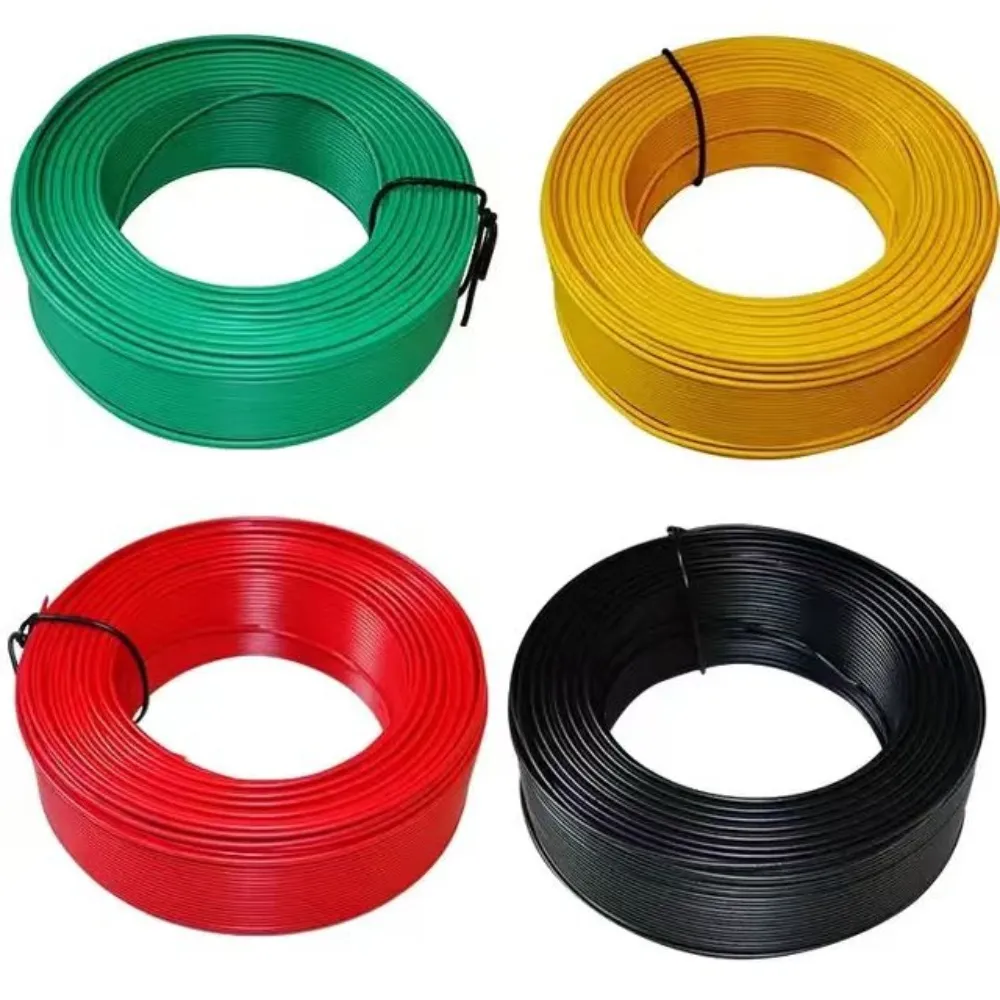Installing Chicken Wire for Secure Fencing and Garden Protection
Attaching Chicken Wire A Comprehensive Guide
Attaching chicken wire can be a vital step in many gardening and animal husbandry projects. The versatility of chicken wire makes it a popular choice for building enclosures, fencing gardens, and protecting crops from pests. In this article, we will delve into the process of attaching chicken wire effectively, ensuring that it serves its purpose efficiently and remains durable for years to come.
Understanding Chicken Wire
Chicken wire, also known as poultry netting, is made from thin, galvanized steel wire twisted into a hexagonal pattern. It is lightweight yet sturdy, making it an ideal material for fencing small animals and protecting gardens. While its primary function is to contain chickens, it can also be used for various other applications, such as keeping out rabbits or deer and preventing unwanted access to your garden.
Tools and Materials Needed
Before you begin the process of attaching chicken wire, gather the necessary tools and materials
1. Chicken Wire Decide on the height and width of the wire based on your project's requirements. 2. Staple Gun A heavy-duty staple gun is essential for securing the wire to wooden posts or fences. 3. Wire Cutters Use wire cutters to trim the chicken wire to the desired size. 4. Wooden Stakes or Metal Posts These will serve as the frame for your chicken wire. 5. Safety Gloves It’s crucial to protect your hands from the sharp edges of the wire.
Step-by-Step Guide to Attaching Chicken Wire
1. Plan Your Layout Before attaching the chicken wire, draw a layout of your intended structure. Make sure you consider the size of the area you want to enclose. If you are building a fence, keep in mind the height you want to achieve.
attaching chicken wire

2. Install the Framework Use wooden stakes or metal posts to create the framework for your chicken wire. Drive the posts into the ground at regular intervals, ensuring they are sturdy enough to support the wire.
3. Cut the Wire Measure the distance between your posts and cut the chicken wire accordingly, leaving a little extra for overlap.
4. Attach the Chicken Wire Begin attaching the chicken wire at one end of your framework. Unroll the wire along the posts, ensuring it is taut. Use the staple gun to secure the wire to the posts. Make sure you staple the wire every few inches to prevent it from sagging.
5. Secure the Bottom It’s essential to secure the bottom of the chicken wire well to prevent animals from burrowing under it. You can bury the bottom edges of the wire a few inches into the ground or use landscape staples to hold it down.
6. Finishing Touches Once you have attached the chicken wire around your framework, trim any excess with wire cutters. Inspect the structure for gaps or weaknesses and reinforce those areas as needed.
Maintenance and Longevity
To ensure that your chicken wire installation lasts, regularly inspect it for any damage. Over time, the wire may rust or become loose, especially if exposed to harsh weather conditions. You can repaint or re-coat the wire every few years to prolong its life.
Conclusion
Attaching chicken wire may seem like a straightforward task, but proper installation is key to creating a functional and long-lasting enclosure. By following this guide, you can successfully attach chicken wire to secure your chickens or protect your garden from unwanted pests. With careful planning, a few essential tools, and a bit of elbow grease, you will have a reliable structure that meets your needs for years to come.
-
Why Choose a Wire Mesh Fence for Your PropertyNewsApr.09,2025
-
The Versatility and Strength of Wire MeshNewsApr.09,2025
-
The Strength and Durability of Galvanized WireNewsApr.09,2025
-
The Essential Guide to Iron NailsNewsApr.09,2025
-
The Benefits of Welded Wire Mesh PanelNewsApr.09,2025
-
Reliable Roofing Solutions with Roofing NailsNewsApr.09,2025




